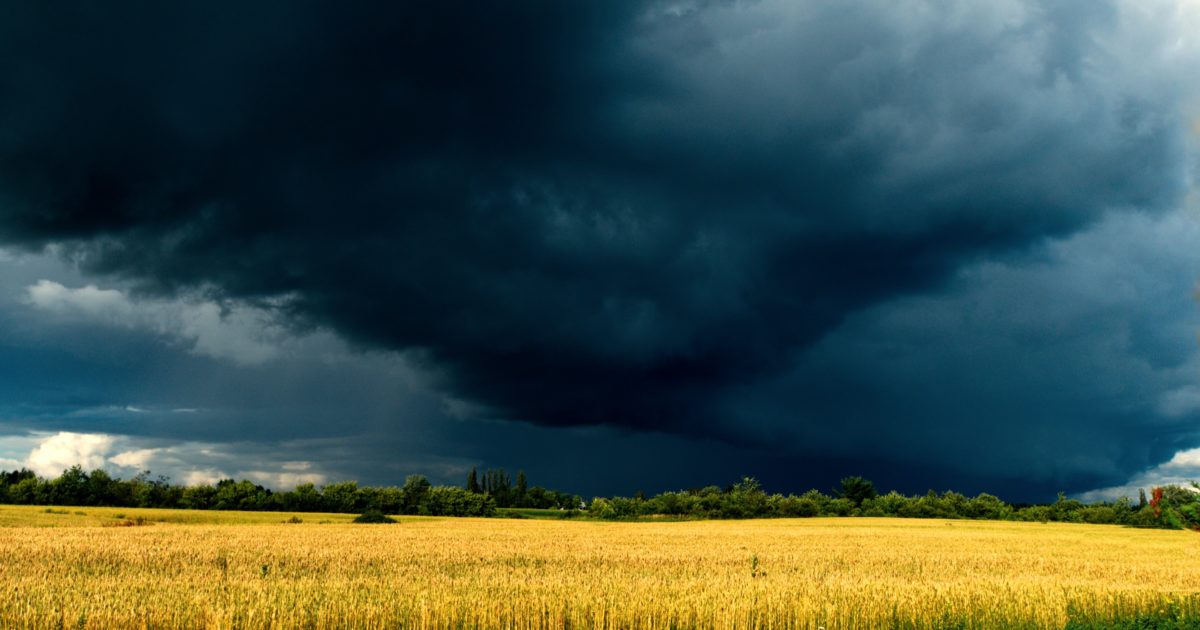If you’re new to prepping, one of the first things you might want to create is an emergency preparedness or natural disaster plan.
Regardless of area, however, there are emergency preparedness tips that apply to all situations and geographic locations. Here are some tips to keep in mind as you build your natural disaster and emergency preparedness plan.
1. Assess your threat
Different regions will have different needs. This might differ based on your location and what natural disaster threat you face, so keep in mind what is most likely to impact you and your family.
Are you along the Gulf of Mexico and under threat of prolonged evacuation because of a hurricane? Are you somewhere you could be snowed-in for several days? Or are you in a tornado zone where the threat comes abruptly?
Depending on where you live, that will change how you plan for a natural disaster. Here are some tips on how to prepare for wildfires, floods, and earthquakes as well.
2. Make it a family affair
Whether you’re single, married, divorced or have kids, being prepared for a natural disaster is a family affair.
You’ll need to have a plan to maintain contact with those you love. It’ll be a good idea to have back-up power sources for your phone and a plan for if cell phone service is down. There are apps you can download, like Zello, that enable push-to-talk when service is spotty.
If you’re a family unit, you’ll want to have multiple designated meeting spots so every family member knows where to find each other in the event of an emergency.
By including each family member in planning and assigning roles and duties, they’ll feel empowered when a disaster strikes and that may help alleviate some stress and anxiety.
3. Plan, plan, and plan some more
As with any preparedness plan, not only will you need a plan, but you’ll need back-up plans.
You’ll want to think about what you’ll eat and how you’ll cook if power goes out. You’ll also want to have a steady and safe supply of water on hand (experts suggest one gallon per person per day).
You should consider an emergency kit for every member of the family, gather all important documents together in order to grab them quickly, and even have an emergency outfit set aside depending on the weather.
Lastly, you’ll want to have an evacuation route ahead of time. This should take into consideration how you’ll refuel your vehicle on the road if the banking system is down.
4. What about the kids?
If you’re a parent, you know that planning and children are on a whole new level. Something you can do with your children before a disaster strikes, is to talk to them about different weather patterns and how they can stay safe.
You can turn your preparedness exercises into important skill-building for your child. Incorporate science projects, like creating a hurricane or simulating a tornado, into your discussion about what the plan is for when something strikes.
Involve your child when you build your preparedness kit and talk about what kind of essentials you’ll need. Practice your evacuation plan just like you would a fire drill so your child becomes familiar with their role and responsibilities.
5. Don’t forget about the pets
If you have a pet, you know how quickly they become a part of the family. When it comes to natural disaster planning, you’ll need to be prepared for whatever your pet might need as well. The Humane Society offers some helpful tips.
Stock extra food, blankets and water just for your furry friend. Have additional medication that the animal requires on hand, update your phone with recent photos of your animal, and keep any microchip information current.
6. Build your skills
Natural disasters can lead to immediate emergencies, which means it’s not a bad idea to take first aid classes and know CPR and other life-saving techniques.
Other necessary skills could be knowing how to shut off utilities, like water or gas, which could help prevent damage to your home if you do have to leave.
It would be good to know how to perform routine and emergency maintenance on your vehicle, like how to jump start a battery or change a tire, if you’re in need while evacuating.
7. Practice makes perfect
You have your plan, your kit and you’re ready to go. But don’t just wait for the next natural disaster to strike. Execute your plan ahead of time. This will let you see if there are any issues with your gear, your evacuation route or how you thought it would go. It will help you feel comfortable and confident when the time comes for the real thing.
***

